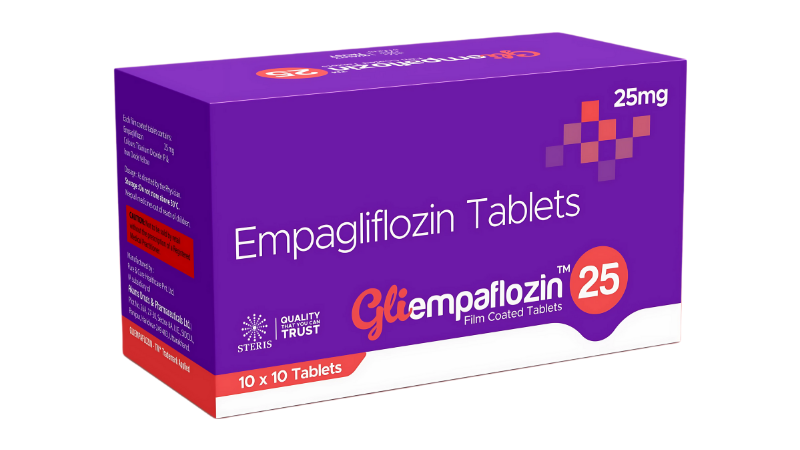Empagliflozin 25mg tablet ndash a comprehensive guide for diabetes management
Feb 05, 2025
Empagliflozin 25 mg Tablet Gliempaflozin From Steris Healthcare Pvt Ltd..
Empagliflozin 25mg Tablet, commonly known by the brand name Gliempaflozin 25 available in Steris Healthcare, is an oral medication belonging to the sodium-glucose co-transporter 2 (SGLT2) inhibitors class. It is primarily prescribed to manage type 2 diabetes mellitus by aiding in blood sugar control. Additionally, tab Empagliflozin 25mg has been found to offer cardiovascular benefits, making it a crucial component in the comprehensive management of type 2 diabetes. Empagliflozin Tablet is commonly prescribed to lower blood sugar levels in people with type 2 diabetes.
Additionally, it is used in people with heart failure, kidney disease, or type 2 diabetes with heart conditions to help reduce the risk of:
Worsening kidney disease
Emergency treatment or hospitalization due to heart failure
Death from heart-related complications
Empagliflozin 25mg is not intended for treating type 1 diabetes. However, in some cases, it may be used for other purposes, such as preventing complications in individuals with both type 1 diabetes and conditions like heart failure or kidney disease.
For individuals struggling with high blood sugar levels, Empagliflozin 25mg offers a promising approach to diabetes management, reducing the risks associated with cardiovascular diseases and kidney-related complications. This article explores its key ingredients, benefits, mechanism of action, dosage guidelines, potential side effects, and precautions to ensure safe and effective use.
Key Ingredient
Empagliflozin 25mg
Empagliflozin 25 mg tablet is a potent SGLT2 inhibitor that works by blocking glucose reabsorption in the kidneys, leading to increased glucose excretion through urine. It is highly effective in reducing glycated hemoglobin (HbA1c) levels, which helps in maintaining long-term blood sugar control.
Uses and Benefits of GLIEMPAFLOZIN 25
-
Effective Blood Sugar Control – Empagliflozin 25mg helps lower HbA1c levels and fasting plasma glucose levels, ensuring better management of type 2 diabetes mellitus.
-
Weight Management – Due to its caloric loss mechanism, this Empagliflozin 25mg supports weight reduction and prevents excessive fat accumulation.
-
Cardiovascular Protection – Empagliflozin 25mg significantly reduces the risk of heart failure, stroke, and cardiovascular-related mortality.
-
Kidney Function Support – Empagliflozin 25mg Tablet helps lower glomerular hyperfiltration, reducing risks of diabetic kidney disease (DKD).
-
Reduction in Blood Pressure – Empagliflozin 25 mg leads to mild reductions in systolic and diastolic blood pressure, which benefits individuals with hypertension.
-
Minimal Risk of Hypoglycemia – Unlike sulfonylureas or insulin therapy, GLIEMPAFLOZIN 25 has a lower risk of causing hypoglycemia (low blood sugar levels).
-
Improved Metabolic Health – Tab Empagliflozin 25mg Reduces insulin resistance and improves overall metabolic efficiency.
How Does Empagliflozin 25mg Work (Mechanism of Action)?
Empagliflozin 25mg is a Sodium-Glucose Co-Transporter 2 (SGLT2) Inhibitor used to treat Type 2 Diabetes Mellitus (T2DM). It works independently of insulin by promoting glucose excretion through urine, reducing blood sugar levels effectively.
Step-by-Step Mechanism of Action
1. Inhibition of SGLT2 in the Kidneys
SGLT2 is a protein in the proximal renal tubules of the kidneys responsible for reabsorbing glucose from the urine back into the blood.
Empagliflozin blocks SGLT2, preventing glucose reabsorption.
This leads to increased glucose excretion in urine (glucosuria), lowering blood sugar levels.
2. Reduction of Blood Sugar (Glucose) Levels
By inhibiting glucose reabsorption, Empagliflozin 25 mg reduces fasting and postprandial blood sugar levels.
Unlike other diabetes medications, it does not depend on insulin secretion, making it beneficial for insulin-resistant patients.
3. Promotion of Sodium & Water Excretion (Natriuresis & Diuresis)
Empagliflozin Tablet also increases sodium excretion, leading to mild diuresis (water loss).
This helps in reducing blood pressure and lowering the risk of heart failure.
4. Reduction in Body Weight
Due to glucose loss through urine, Empagliflozin 25mg reduces calorie intake, contributing to modest weight loss in diabetic patients.
5. Cardiovascular & Renal Protection
Empagliflozin 25 mg Tablet has been shown to:
Reduce the risk of cardiovascular death in Type 2 diabetes patients with heart disease.
Improve kidney function by reducing the pressure and stress on the kidneys, protecting against diabetic kidney disease.
Recommended Dosage and Administration
Dosage Guidelines
-
The usual recommended dosage of Empagliflozin 25mg once daily, taken in the morning with or without food.
-
Patients who are new to SGLT2 inhibitors may start with a lower dose of 10mg before transitioning to 25mg, depending on their glycemic response.
-
Always consult a healthcare professional before adjusting the dosage.
Missed Dose
-
If a dose is missed, it should be taken as soon as possible.
-
If it is close to the next scheduled dose, the missed dose should be skipped to avoid double dosing.
Overdose Management
-
In case of an overdose, seek immediate medical attention.
-
Symptoms of overdose include excessive urination, dehydration, dizziness, and low blood pressure.
Side Effects of Empagliflozin 25 mg Tablet
Most Common Side Effects of Gliempaflozin Empagliflozin 25 mg Tablet.
Gliempaflozin 25 Empagliflozin 25 mg is generally well-tolerated, but like any medication, it may cause side effects. The most common ones include:
1. Increased Urination
Since Gliempaflozin works by removing excess glucose through urine, you may experience frequent urination.
This can lead to mild dehydration in some cases.
2. Genital Infections (Yeast Infections)
Women: Vaginal yeast infections (itching, redness, white discharge).
Men: Fungal infections (redness, swelling, or itching in the genital area).
3. Urinary Tract Infections (UTIs)
Symptoms include burning sensation during urination, cloudy urine, or fever.
In rare cases, it can lead to serious kidney infections (pyelonephritis) or blood infections (urosepsis).
4. Dehydration & Low Blood Pressure (Orthostatic Hypotension)
Due to fluid loss, some patients may experience dizziness, lightheadedness, or fainting, especially when standing up quickly.
5. Hypoglycemia (Low Blood Sugar) (When taken with insulin or sulfonylureas)
Symptoms: Sweating, shakiness, confusion, hunger, and dizziness.
6. Increased Ketones in the Blood (Diabetic Ketoacidosis – DKA) (Rare but serious)
Symptoms: Nausea, vomiting, abdominal pain, difficulty breathing, and fatigue.
Unlike typical DKA, blood sugar levels may not be extremely high.
7. Kidney Function Changes
Some patients may experience temporary worsening of kidney function, particularly those with pre-existing kidney disease.
8. Weight Loss
Due to excess glucose excretion, some patients experience mild weight loss while on Jardiance.
Serious But Rare Side Effects
Necrotizing Fasciitis (Fournier's Gangrene) – A rare but life-threatening infection in the perineal area.
Severe Allergic Reactions – Rash, swelling, or difficulty breathing.
Diabetic Foot Infections & Peripheral Artery Disease – Increased risk of foot ulcers or amputations in some cases.
When to Seek Medical Attention?
If you experience severe dehydration, signs of DKA, persistent infections, or allergic reactions, seek medical help immediately.
While empagliflozin 25 mg tablets are effective in controlling blood sugar and protecting the heart and kidneys, monitoring for side effects is essential for safe use. Always consult a healthcare provider before making any medication adjustments
Precautions
-
Regular doctor visits are essential, especially in the first few weeks of taking this medicine. Blood and urine tests may be required to monitor for any side effects.
-
Inform your doctor if you are pregnant or planning to become pregnant. This medicine is not safe during the second and third trimesters as it may harm the unborn baby.
-
This medication may cause dizziness, lightheadedness, or fainting, particularly in individuals with kidney disease, low blood pressure, or those taking diuretics (water pills). To minimize the risk, stay well-hydrated and drink plenty of water, especially during exercise or hot weather. Seek medical advice if you experience severe nausea, vomiting, or persistent diarrhea, as these may lead to dehydration.
-
There is a risk of diabetic ketoacidosis (DKA), a serious condition characterized by high ketones and acid in the blood. This requires immediate medical attention. Symptoms include nausea, vomiting, difficulty breathing, and increased thirst or urination. Treatment may involve insulin, fluid, and carbohydrate replacement.
-
Low blood sugar (hypoglycemia) may occur, especially if taken with other diabetes medications such as insulin, glipizide, or glyburide. Symptoms of hypoglycemia include confusion, shakiness, sweating, blurred vision, drowsiness, fast heartbeat, nausea, and excessive hunger. It is important to identify your specific symptoms and treat them immediately to avoid severe complications.
-
This medicine can cause yeast infections in both men and women.
-
Women may experience vaginal discharge, itching, or odor.
-
Men (especially those who are uncircumcised) may develop redness, itching, swelling, pain, or a strong-smelling discharge from the penis. Consult your doctor if you notice any of these symptoms
-
-
Urinary tract infections (UTIs) may occur, with symptoms such as painful urination, cloudy or bloody urine, bladder pain, and lower back or side pain. Seek medical attention if these symptoms develop.
-
There is an increased risk of leg or toe amputations in some patients. Monitor for pain, sores, ulcers, or infections in your legs or feet, and report any concerns to your doctor.
-
A rare but serious bacterial infection called Fournier’s gangrene (necrotizing fasciitis of the perineum) may occur, affecting the area around the genitals and anus. This infection may require hospitalization and multiple surgeries and can be life-threatening. Symptoms include fever, extreme tiredness, pain, tenderness, redness, or swelling in the affected area. Seek immediate medical help if you notice these signs.
-
Severe allergic reactions (angioedema) may occur, which can be life-threatening. Symptoms include swelling of the face, eyelids, lips, tongue, throat, hands, legs, feet, or genitals. Seek emergency medical care if you experience these symptoms.
-
Inform any doctor or dentist treating you that you are taking this medication, as it may interfere with medical tests (e.g., urine glucose tests). You may need to stop this medicine at least 3 days before surgery or fasting-related procedures.
-
Do not take any other medications (prescription, over-the-counter, herbal, or vitamin supplements) without discussing them with your doctor.
Proper Use
Take this medicine exactly as prescribed by your doctor. Do not take more than the recommended dose, use it more frequently, or continue using it longer than instructed. Avoid making any changes to your dosage without consulting your doctor.
This medication comes with a Medication Guide. Read and follow the instructions carefully. If you have any questions, ask your doctor or pharmacist.
Follow the special meal plan provided by your doctor. This is essential for managing diabetes and ensuring the medicine works effectively. Regular exercise and monitoring of blood sugar levels in blood or urine as directed by your doctor are also important.
You may take this medicine with or without food.
If you are following a low-salt or sodium-restricted diet, inform your doctor.
Dosing
The dosage of this medicine varies from person to person. Always follow your doctor’s instructions or the directions provided on the prescription label. Below are general dosage guidelines; however, do not alter your prescribed dose unless your doctor advises otherwise. The required dosage depends on the strength of the medication, the number of doses per day, the interval between doses, and the condition being treated.
For Oral Dosage Form (tablets):
For type 2 diabetes:
Adults and children (10 years and older): Start with 10 mg once daily in the morning. The doctor may adjust the dose as needed, but it usually does not exceed 25 mg per day.
Children under 10 years: Dose to be determined by the doctor.
To reduce the risk of cardiovascular death in type 2 diabetes patients with heart disease:
Adults: 10 mg once daily in the morning.
Children: Dose to be determined by the doctor.
To lower the risk of cardiovascular death and hospitalization in heart failure patients:
Adults: 10 mg once daily in the morning.
Children: Dose to be determined by the doctor.
To reduce the risk of worsening kidney disease, end-stage kidney disease, cardiovascular death, and hospitalization for heart failure in patients with chronic kidney disease:
Adults: 10 mg once daily in the morning.
Children: Dose to be determined by the doctor.
Missed Dose
If you miss a dose, take it as soon as you remember. However, if it is nearly time for your next dose, skip the missed dose and continue with your regular schedule. Do not take a double dose to compensate for a missed one.
Storage
Store the medication in a tightly closed container at room temperature, away from heat, moisture, and direct sunlight.
Keep it out of reach of children.
Dispose of expired or unused medicine as instructed by your healthcare provider to ensure proper disposal.
Drug Interactions
Before starting Empagliflozin 25mg inform your healthcare provider if you are taking:
-
Diuretics (may increase dehydration risk)
-
Insulin or Sulfonylureas (higher risk of hypoglycemia)
-
ACE Inhibitors & ARBs (can enhance blood pressure-lowering effects)
-
Nonsteroidal Anti-Inflammatory Drugs (NSAIDs) (may impact kidney function)
Storage & Handling Instructions
-
Store at room temperature (15-30°C).
-
Keep away from moisture and direct sunlight.
-
Keep out of reach of children and pets.
Conclusion
GLIEMPAFLOZIN 25 Empagliflozin 25mg is an advanced oral anti-diabetic medication that provides effective blood sugar control, cardiovascular protection, and weight management benefits. By blocking SGLT2-mediated glucose reabsorption, it enhances glycemic control while lowering the risks of cardiovascular and kidney diseases. For those managing type 2 diabetes mellitus, Empagliflozin 25mg tablet presents a promising treatment option that helps in long-term diabetes care. Always follow your healthcare provider’s recommendations for the safest and most effective use of this medication.
About The Author
Steris Healthcare Pvt Ltd, known as Sterispharma, was founded in February 2018 by a team of experienced professionals in the pharmaceutical industry. Headquartered in Navi Mumbai, the company holds certifications from WHO, GMP, and ISO, reflecting its dedication to maintaining high standards of quality and safety. Sterispharma’s mission is to provide affordable, high-quality medications across India, strictly adhering to WHO guidelines. With the convenience of an online pharmacy, customers can easily order medicines with home delivery options.
For further information
Email: info@sterispharma.com / contact@sterispharma.com
Call/WhatsApp: 8209542042 , 8824175417
BUY NOW
Recent Post

10 Effective Ways to Increase Immunity Power

Hypothyroidism Diet Chart & Foods to Avoid: A Complete Guide

On Krishna Janmashtami - Celebrating Divine Protection and Human Healing with Steris Healthcare

Why Soaked Almonds Should Be a Daily Ritual: Nutrition, Benefits & Uses
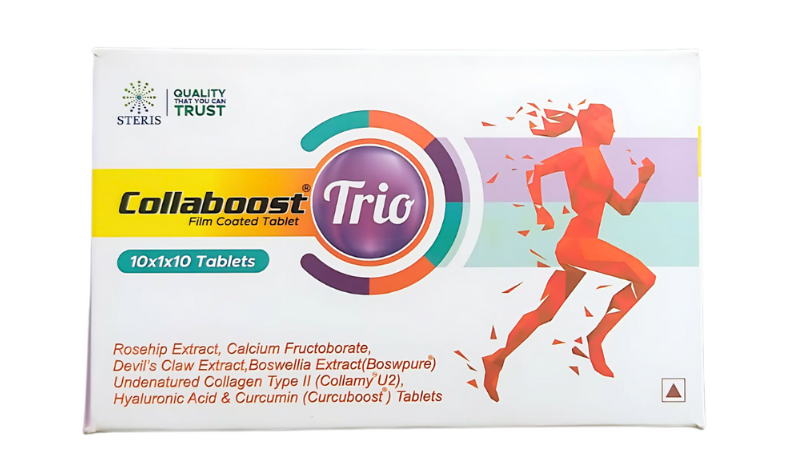
Calcium Fructoborate & Rosehip Extract Devil's Claw Extract Boswellia Serrata Tablets.
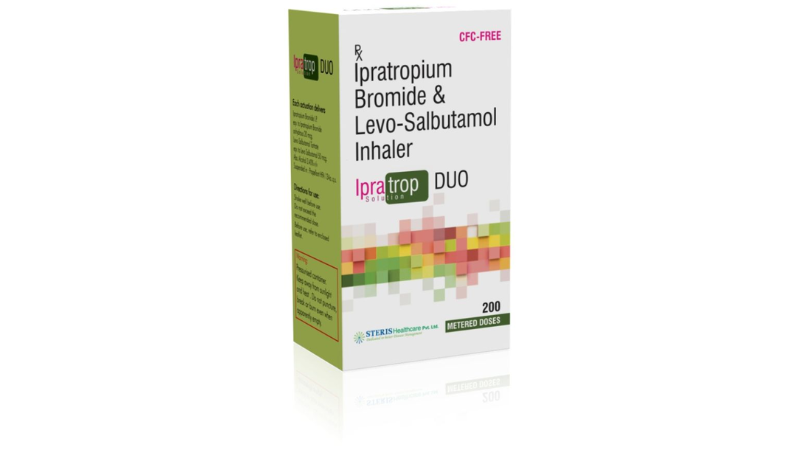
Ipratropium Bromide and Levosalbutamol Respirator Solution Uses, Dosage, Side Effects & Benefits
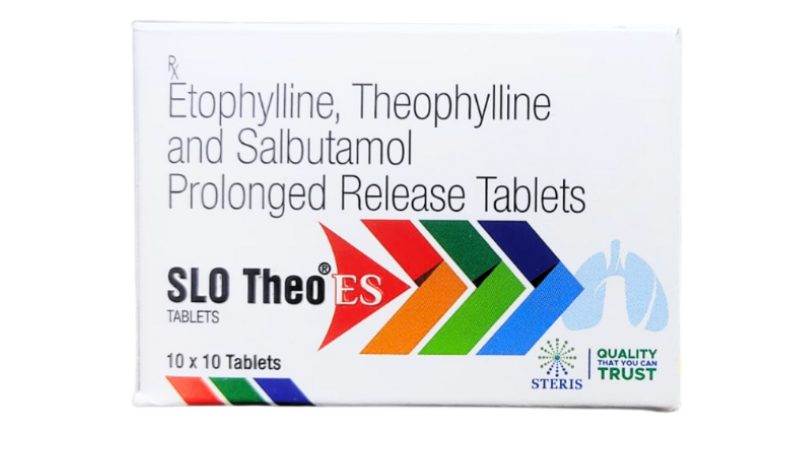
Etophylline, Theophylline and Salbutamol In SLO THEO ES TABLETS.
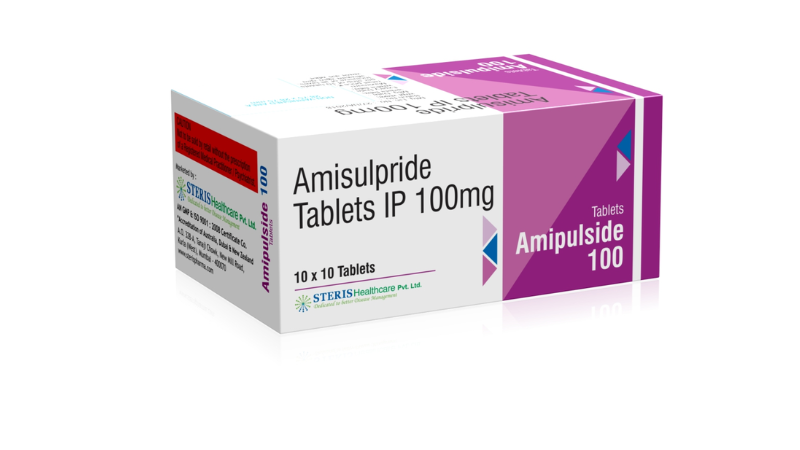
Amisulpride Tablet Uses in Hindi – AMIPULSIDE 100 के उपयोग, फायदे और सावधानियां
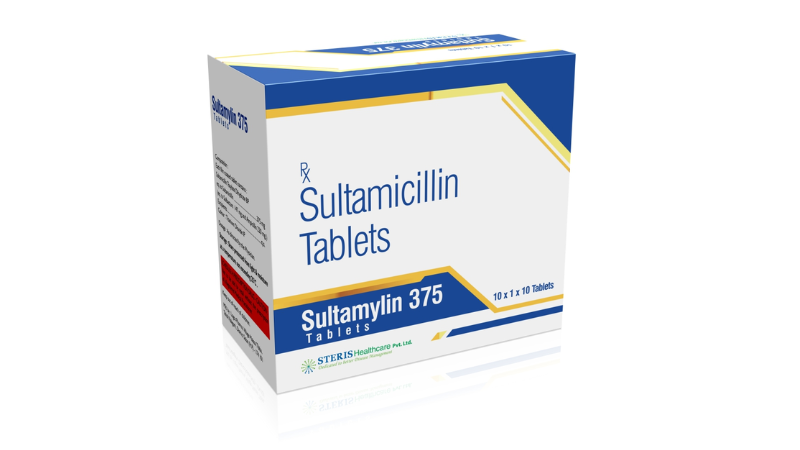
Sultamicillin Tablets 375 mg – Uses, Dosage, Side Effects & Price
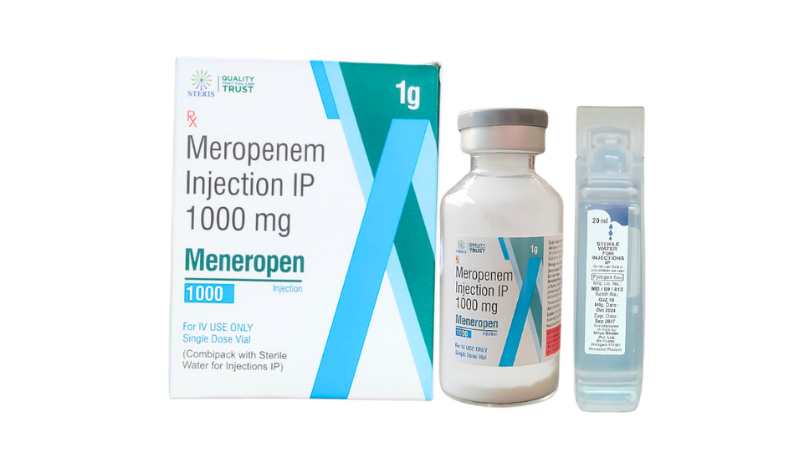
Meropenem Injection Uses: Complete Guide to MENEROPEN 1 GM IV

